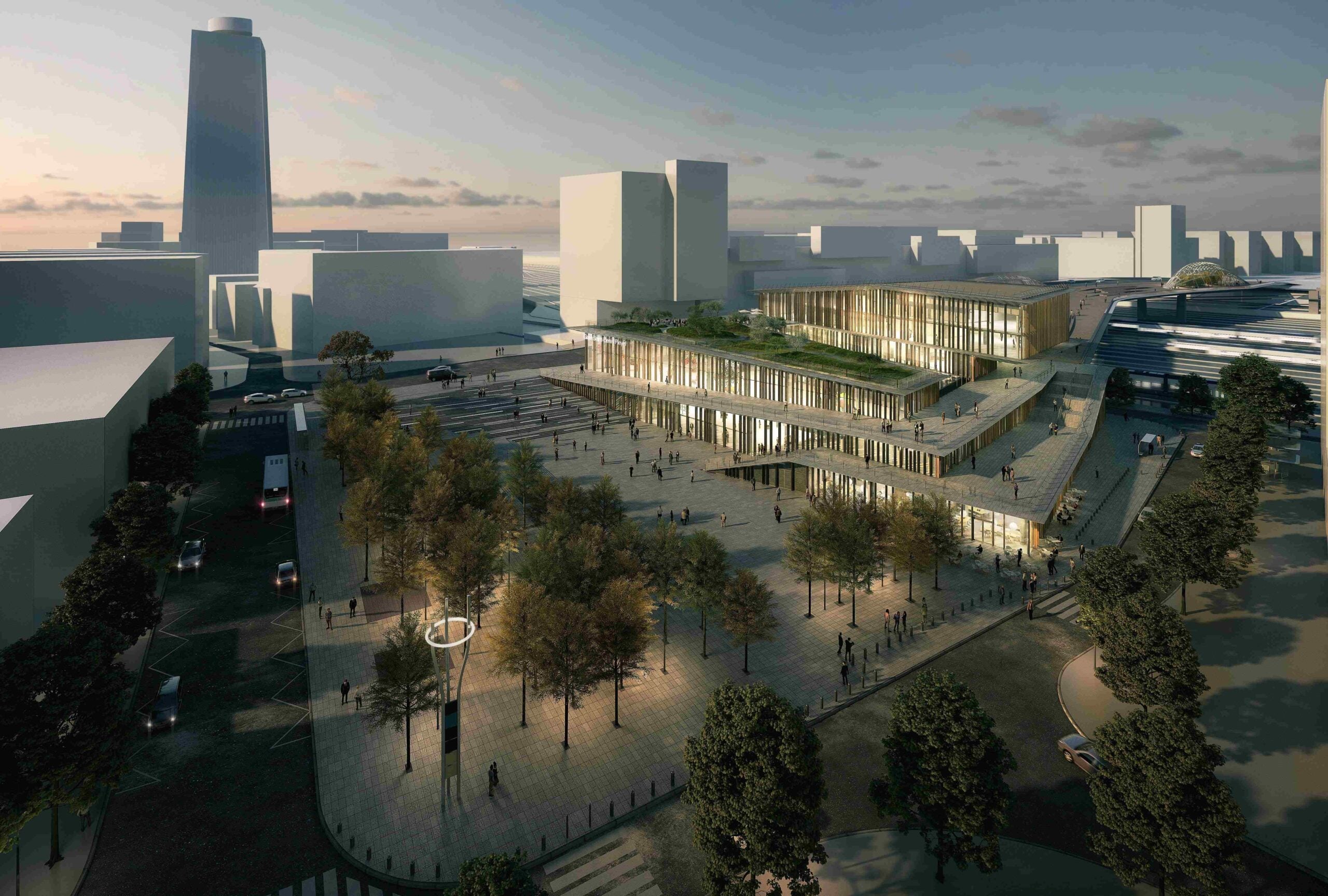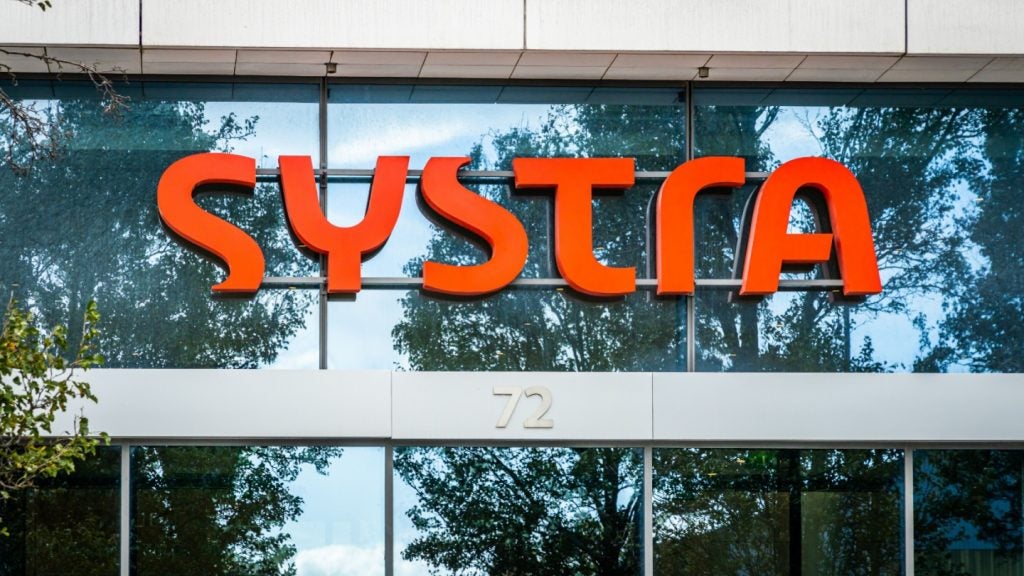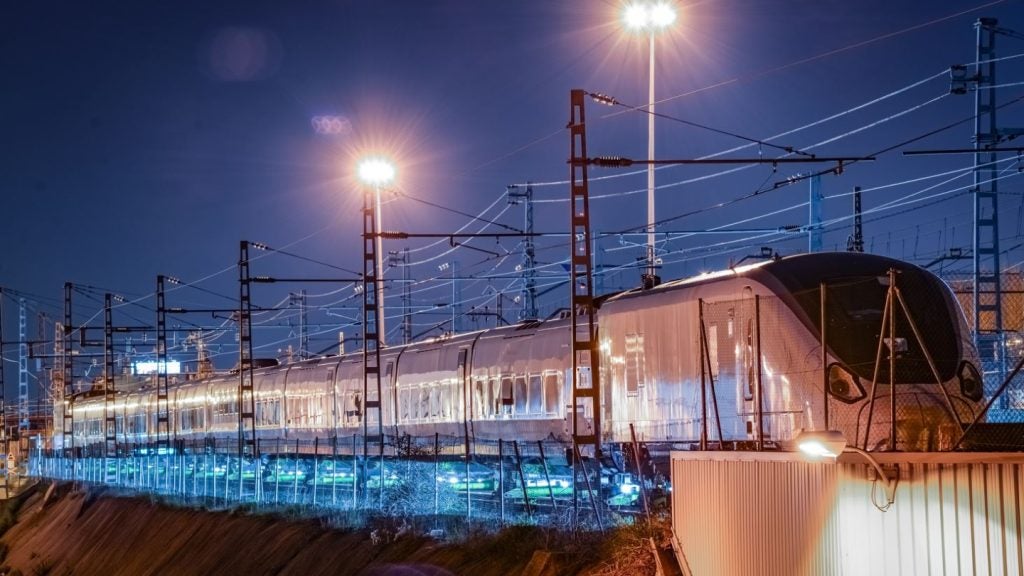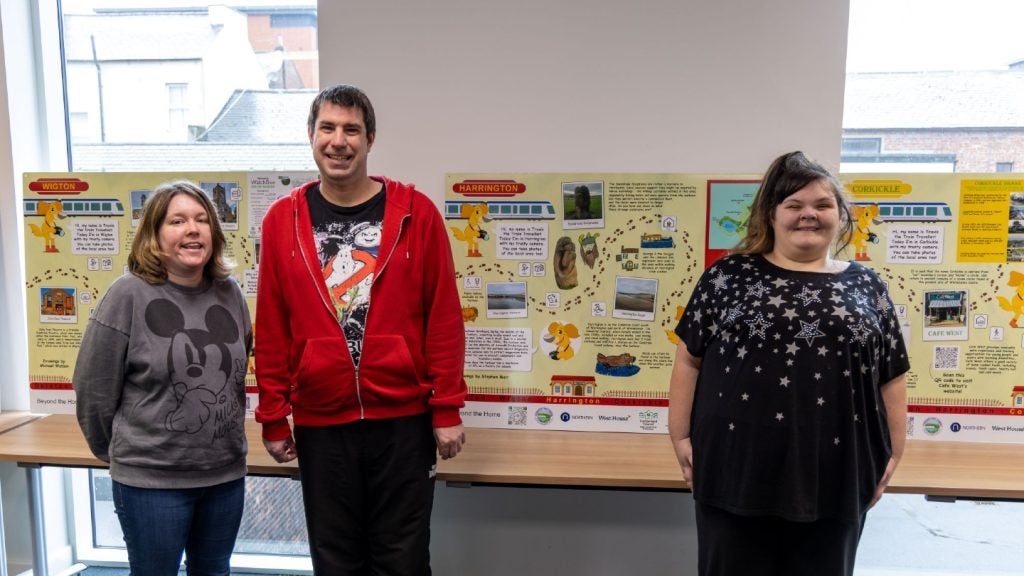
To be finished in time for the Paris 2024 Olympics, Saint-Denis Pleyel is expected to not only become one of Paris’s busiest stations but also change the topography of the Saint-Denis suburb with the construction of a major cultural centre. Here’s a closer look at the project to find out what it will bring to the area.
The station
Saint-Denis Pleyel station will become a major connection point between the centre and the north of the city, as well as an important cultural space in the Greater Paris area.
The station will occupy an area of 34,000m2 over nine levels, with four of these below the ground.
Construction and finishing works, which started in 2018 and are expected to be finished in time for the Paris 2024 Olympics, were awarded to Besix France, a subsidiary company of Belgian construction group Besix.
The contract, worth more than €100m, includes the station’s development and the building of four separate underground constructions. Service infrastructures for passenger safety, ventilation, smoke extraction of tunnels and a system to reverse trains’ direction are also included in the contract.
How well do you really know your competitors?
Access the most comprehensive Company Profiles on the market, powered by GlobalData. Save hours of research. Gain competitive edge.

Thank you!
Your download email will arrive shortly
Not ready to buy yet? Download a free sample
We are confident about the unique quality of our Company Profiles. However, we want you to make the most beneficial decision for your business, so we offer a free sample that you can download by submitting the below form
By GlobalData
The wider context: Grand Paris Express

The development of Saint-Denis Pleyel is not isolated, but part of a city-wide restructuring of Paris’s transport network.
Considered one of the largest transport projects in Europe, the Grand Paris Express project aims to provide the Grand Paris region with multimodal transport solutions.
As part of the plan, four new lines, with 200km of railway and 68 stations, will be built to carry 2 million passengers each day. The Grand Paris Express will also comprise a ring route around Paris, with metro lines connecting developing neighbourhoods, such as Saint-Denis.
Saint-Denis Pleyel will be the only station in the Grand Paris Express network to serve four lines, carrying more than 250,000 passengers every day, thus becoming an essential node in the Île-de-France transport network.
“The project is designed as a unique opportunity to open up the district by connecting the two sides of the city over a huge railway network of the Parisian North station,” said Japanese architecture firm Kengo Kuma & Associates in a Dezeen article.
The architecture

Defined as a “21st-century hybrid station” by the Société du Grand Paris, Saint-Denis Pleyel was designed by Kengo Kuma & Associates. The station will feature wedge-shaped tiers made of glass and steel, which will pay homage to the rail tracks, according to the firm.
Overground train tracks will start at front of the building while access to the metro station will be at basement level, as the Rue Pleyel will be diverted to create a square that surrounds the area.
“We have designed this station as a pivot between the various projects that will emerge around it,” said the project’s director Aurélie Vernon in the Société du Grand Paris article.
Given the architects’ objective to make the station an extension of public space, the building will also feature a 5,000m2 cultural and social innovation centre spread over four floors. The Société du Grand Paris has launched a call for projects to design, layout and operate the space.
The cultural vision

The architects built the station with multiple levels continuing upwards in a spiral shape. According to the project director, natural light is provided by a “central well” running down the middle of the structure.
Kengo Kuma’s vision was also to position culture as the centre of the territory’s urban economic and social development. The station is not just a transport hub, but a major cultural zone for the whole region.
In the Société du Grand Paris piece, Vernon explained how, while it is common nowadays to associate a station with a shopping centre, combining one with a major cultural area is “unprecedented”.
“For that, it was necessary to imagine a building open to public space, a real emergence in the neighbourhood with a real singularity,” she said.
Stromae’s collaboration

Belgian hip-hop singer and producer Stromae will collaborate on the Saint-Denis Pleyel project, as part of the Société du Grand Paris’s Tandem programme. The programme fosters the collaboration between architects and artists to develop an aesthetic and poetic dimension to the city’s 68 new stations.
The singer will participate alongside his younger brother Luc Junior Tam, the artistic director of Stromae’s label, Monsaert.
The duo’s collaboration has just begun, with Stromae providing a sketch of an upside-down tree to be positioned inside the station. According to the artists, their line of work, both in music and in design, is focused around the idea of simplicity.
“In the Saint-Denis Pleyel station, this tree, which will be one with the architecture of Kengo Kuma, [demonstrates] the reconstruction of the new relationship that we must maintain with nature,” they explain.
“In the station who is the man or the tree? Both. Together, in harmony.”
The wider context: Paris 2024
The development of Saint-Denis Pleyel is part of Paris’s plan to get ready for the 2024 Olympic Games, as the city is expected to receive millions of visitors.
One of the main contributions the Olympics will bring is a timeframe for the project, as the Grand Paris Express, as well as the metro line 17 to Charles de Gaulle Airport, must be operational by that time.
The Olympic Village will be built in the Saint-Denis area, making the station fundamental for athletes and spectators to reach competition venues.







